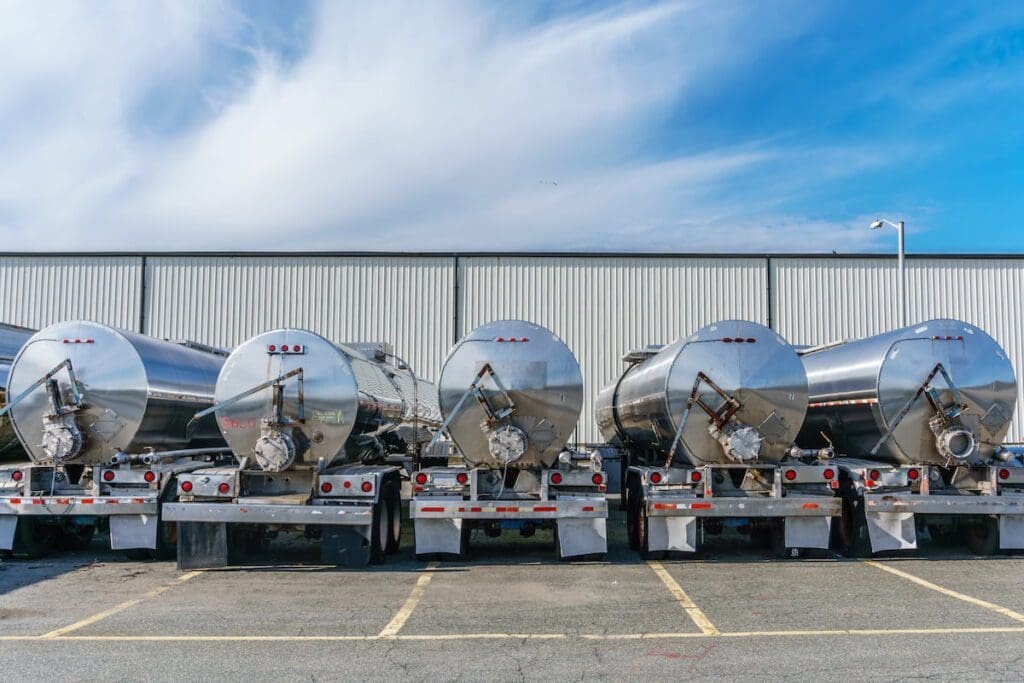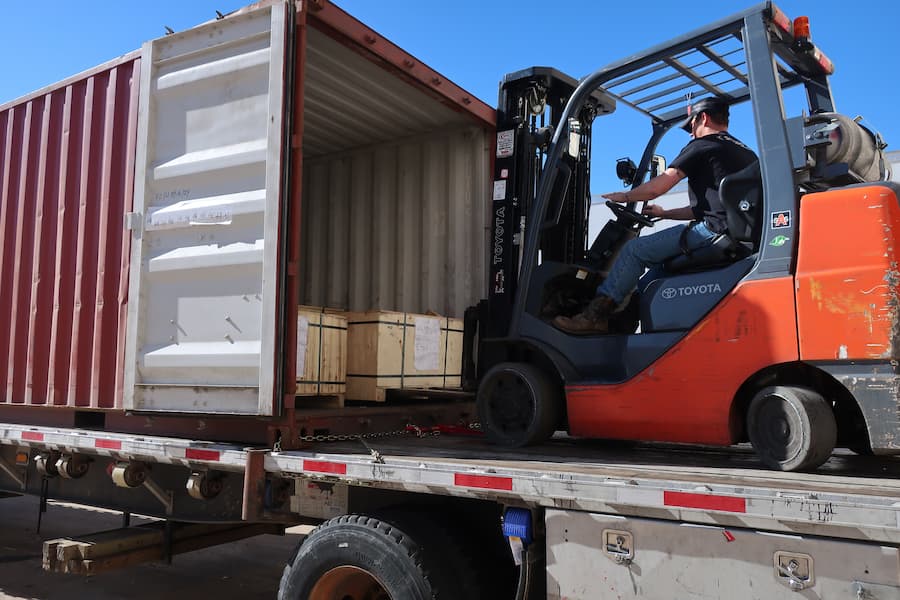When does a lack of parking become a critical issue? When it costs money and time. When it becomes a safety issue. When it’s a matter of 300,000 parking spots for three million trucks.
That’s right. According to the American Trucking Association (ATA), three million truckers are trying to fit into 300,000 parking spots. That’s why you’ll see rigs parked on shoulders, alongside access roads, or in retail store parking lots.
Fifty-eight percent of respondents to an American Transportation Research Institute (ATRI) study said they parked in unauthorized or undesignated spots at least three times a week, and only 11% said they never park in unauthorized or undesignated spots. Jason’s Law Truck Parking Survey Results and Comparative Analysis, a study by the Federal Motor Carrier Safety Administration (FMCSA)’s Office of Freight Management and Operations reported that:
- Private truck stop owners and operators report that most facilities have fewer than 100 spaces available.
- Most facilities report being at full capacity primarily during night hours, but some report being at capacity during daytime hours as well.
- More than 75% of truck drivers and almost 66% of logistics personnel reported regularly experiencing problems with finding safe parking locations when rest was needed.
- 90% reported struggling to find safe and available parking during night hours.
That report was published in 2015. Since then, the issue has only become worse, thanks in part to the Electronic Logging Device (ELD) Mandate. Of course, drivers were always supposed to obey Hours of Service (HOS) rules, but now ELDs automatically report whether they’re doing so, sending some truckers scrambling to find safe places to sleep before they end up with HOS violations.
The Safety Issue
Safe spots are key. The aforementioned Jason’s Law, which provides federal funds for safe parking for truck drivers to rest, was named for driver Jason Rivenburg, who was murdered when he pulled off to sleep behind an abandoned building.
And it’s not just drivers who are at risk when parking in nontraditional spaces.
Sal Hernandez, an assistant professor of Civil and Construction Engineering at Oregon State University (OSU) conducted a truck parking study for the Oregon Department of Transportation, focusing on the U.S. 97 corridor. He found that parking difficulty directly correlated to crashes where truck drivers were at fault.
“Through our data analysis and through these surveys, we determined when there are increased volumes…high demand increases the possibility of seeing more crashes related to the lack of truck parking,” Hernandez said in an interview with OSU Engineering Out Loud. “You end up seeing drivers who are maybe more fatigued who cannot find truck parking locations. We may be seeing drivers speeding on our highways because they’re trying to race before their hours of service clock is out to reach a safe and adequate truck parking location. And we’re seeing a lot of truckers parking on exit and on-ramps along the roadways, on empty lots along the roadways, and that causes a safety hazard and safety issue to our general public.”
That safety issue is very real: In the 708 at-fault crashes identified in the study, 264 people were injured, and 30 were killed.
The Economic Cost
There’s an economic cost to the lack of parking, too. According to the ATRI survey, drivers spend an average of one hour searching for parking every day, which adds up to $4,600 in lost wages each year. If drivers don’t make it to a resting place in time, they (and their carriers) can rack up Hours of Service violations and fines. And there’s one big cost that’s often overlooked.
“We came up with a value of about $75 million in potential crash harm if we did nothing in this state (Oregon),” said Hernandez. “That was the big number that really caught people’s eyes. Whoa, $75 million, holy cow, especially if it’s only one corridor, the U.S. 97 corridor.”
No Simple Solution
If parking is such a critical issue, why haven’t we heard more about it? Why isn’t more being done?
To begin with, the industry may not be taking the problem seriously.
ATRI’s 2018 Top 10 Critical Issues in the Trucking Industry
as ranked by truck drivers and motor carriers.
As you can see, drivers rank truck parking as their second highest concern, while it barely makes the top 10 for carriers.
Some law enforcement leaders think it’s about the truckers, not the lack of parking spaces. But when speaking at the Omnitracs’ 2018 user conference, ATRI Vice President Dan Murray said their data showed that only 3.5% of all illegal parking actions could have been avoided by parking in a legal spot.
And those spots have shrunk as states close highway rest stops due to budget woes. In Ohio, for example, the number of rest stops dwindled from 294 in 1961 to 89 today. A May 2018 Overdrive column entitled “Report From a #parkingdesert” noted that “Georgia’s closure of four rest areas along the I-75 corridor for scheduled renovation, the shuttering of a large truck stop in Adairsville, recent crackdowns by area businesses, and a generally improved economy resulting in greater traffic” resulted in a loss of 250 parking spaces over 18 months.
Though some think additional parking at truck stops could be the answer, that solution is trickier than first meets the eye. Truck stops need large lots—the typical Love’s stop, for example, is between 12 and 15 acres. And in addition to zoning and congestion issues, “sometimes the land is not always available, sometimes the price is prohibitive,” Jon Archard, Love’s vice-president of sales told Transport Topics.
And the addition of extra parking spaces may not pencil out for truck stop companies. At the recent annual convention of Natso (formerly the National Association of Truck Stop Operators), Natso CEO Lisa Mullings said the truck stop industry needs the incentive to make more parking available. “I can guarantee you, the truck parking issue would be gone if people were willing to pay for it,” Mullings said. “It’s a cost of doing business that the truck stop industry has.”
Critical as it is now, the lack of truck parking may get worse. Urban areas are reclaiming parking spots, states continue to shutter rest areas, and changing consumer behavior patterns means more trucks on the road than ever before. Fortunately, the industry and the government are working on solutions. We’ll have that part of the story for you in our next article.
And while we at Next Exit Logistics may not be able to solve the parking problem, we can solve yours. When you work with us, you won’t have to worry about how your goods get from Point A to Point B—we’ll take care of all that. We specialize in heavy equipment transport and mission-critical delivery and earn the trust of our clients with efficiency, transparency, and security In addition, we understand how to handle freight services for unusual, oversized, or overweight shipments and are certified to arrange the shipment of hazardous materials. To learn more about our services, call Next Exit Logistics at 866-624-2661 or contact us via email.




